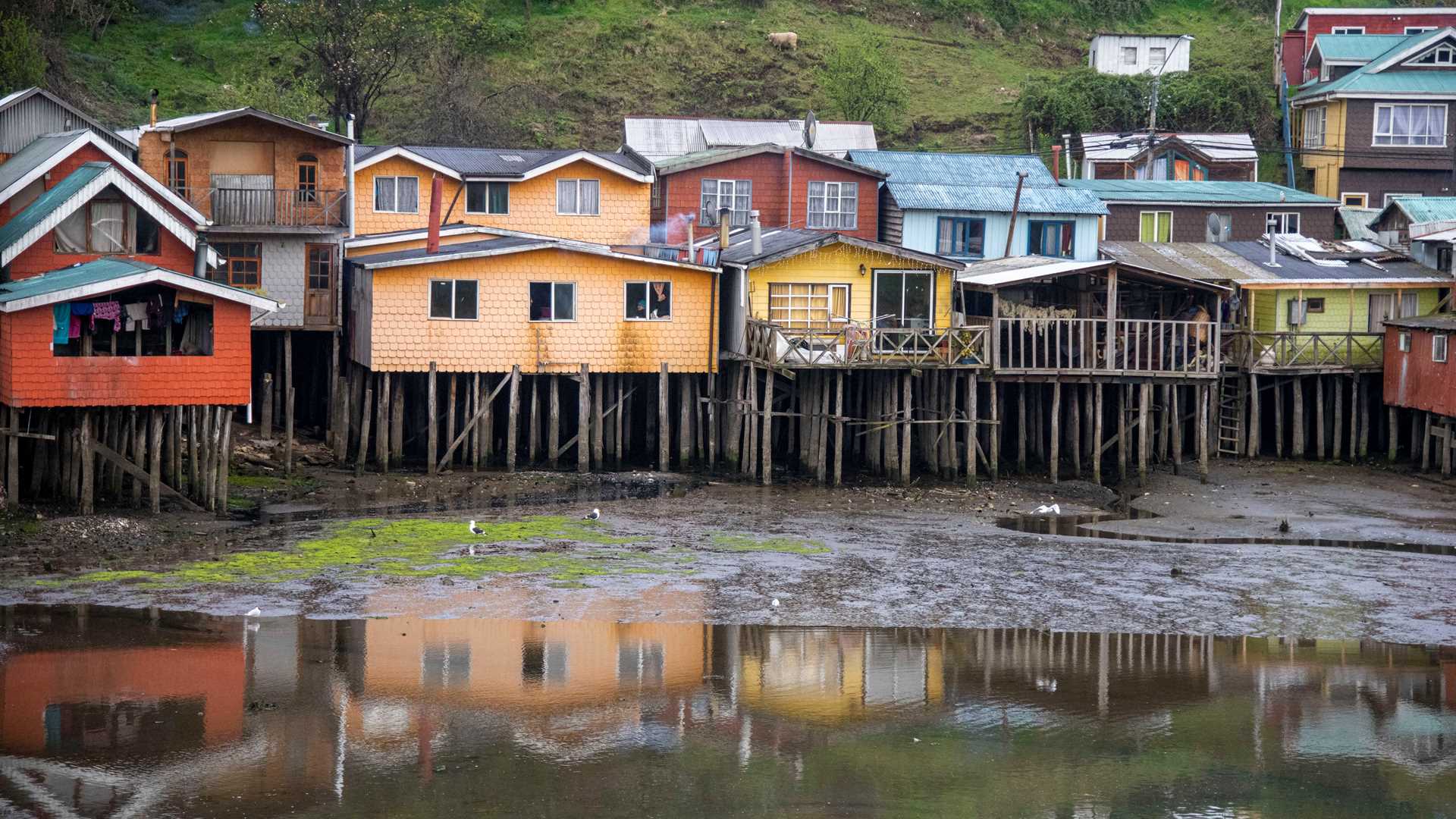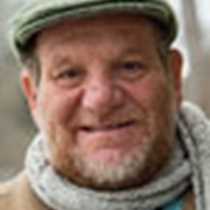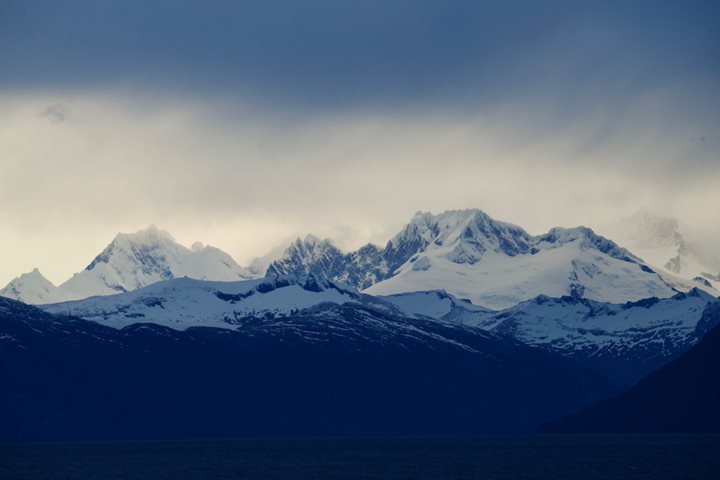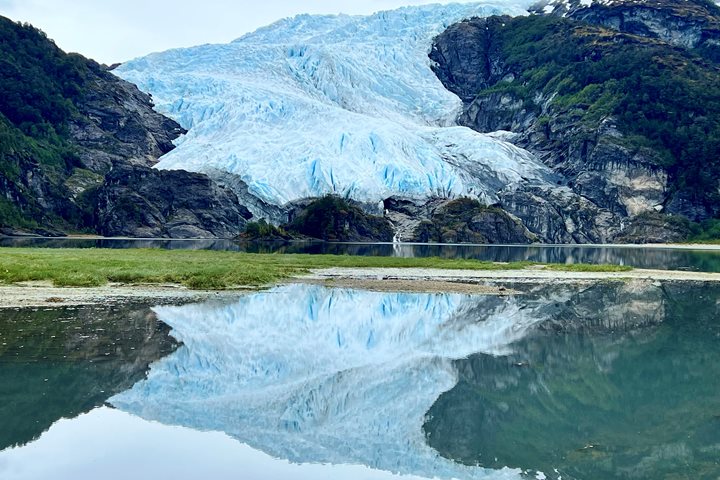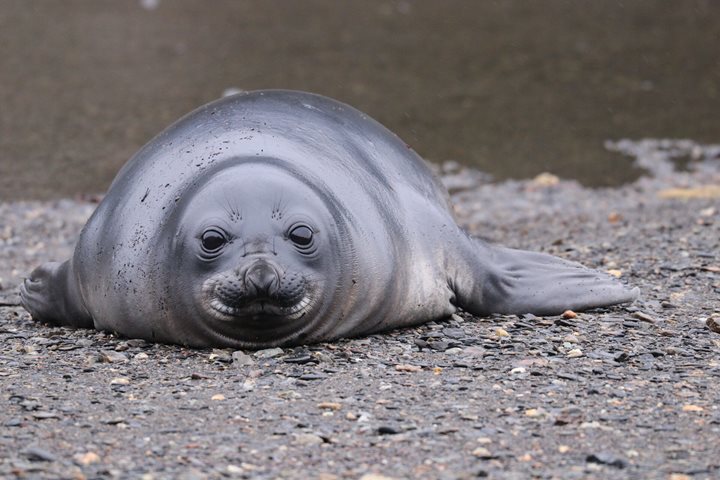Our first full day of this Patagonian expedition saw us disembarking on the “Greater Island of Chiloé,” a name that means “place of seagulls” in the Mapuche language. It’s a destination still delightfully lost in time, at least for now, as plans for a road bridge to the mainland are under active consideration and the current stream of tourism may turn into a full flood in a few years’ time. Those who visit Chiloé today do so for its unspoilt scenery and rustic charm—we saw a field being cultivated with an ox-drawn plough as we drove along—and for its remarkable collection of wooden churches, some dating back to the time of the early Jesuit missions to the area. These churches of Chiloé were designated a UNESCO World Heritage site back in 2000. We divided into two groups, one group concentrating on cultural heritage, the other on natural history.
Some 80 wooden churches—no nails used in their construction—have been remarkably preserved given the high incidence of fire in candlelit wooden structures. The church of San Francisco in Castro dating from 1910 was the most recent church that we visited. The delightful eighteenth-century Church of Santa María de Loreto in Achao dates back to 1730. The church in Dalcahue (“boat place”) was the most classical, with wooden columns painted like marble pillars.
The town bustled with salmon farm workers and early summer visitors. From Dalcahue we took a short ferry ride to the smaller island of Quinchao where the distinctive Chilote lifestyle lives on as an amalgam of Spanish and Mapuche influences. The houses are all constructed using wooden shingles and it even used to be possible to identify the builder by his personal style. Castro has the distinctive palafitos: stilt houses on the shoreline which, until recently, were considered an eyesore but are now becoming very fashionable. The blue and white colors of the boats are also distinctive of the community. The ensemble of vernacular architecture is unique—hence the award of UNESCO World Heritage status. The hikers encountered the natural history of the island in fine conditions, with black-necked swans and lapwings being of special interest.

